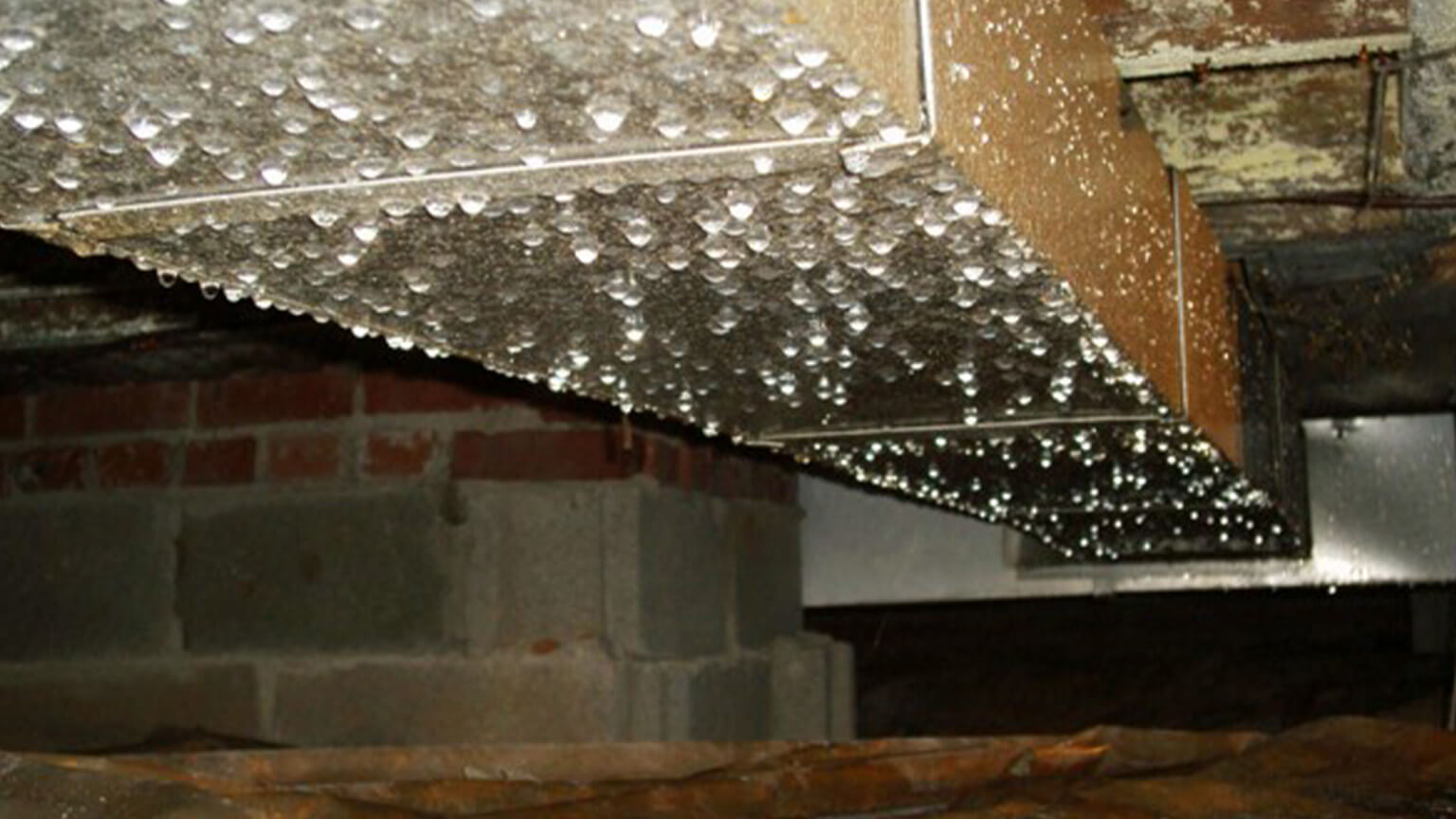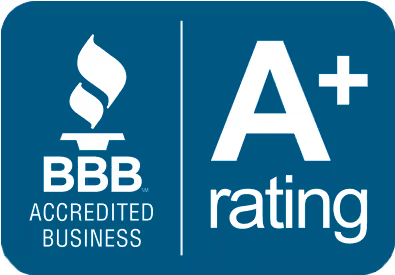Crawl spaces are a critical yet often neglected part of a home. They provide access to plumbing, electrical wiring, and HVAC systems, and they contribute to the overall structural integrity of the building. However, one question that many homeowners ask is whether it’s okay for a crawl space to be damp. The short answer is no— a damp crawl space can lead to a range of problems that can affect the health of your home and its occupants. In this article, we'll explore why a damp crawl space is problematic, the potential risks associated with it, and the steps you can take to keep your crawl space dry and safe.
Why Crawl Spaces Become Damp
To understand why it’s not okay for a crawl space to be damp, it’s important to first understand how crawl spaces become damp in the first place. Here are some common reasons:
- Poor Drainage Around the Foundation: When the soil around your home’s foundation doesn’t drain properly, water can seep into the crawl space, causing dampness and even standing water.
- High Humidity: In areas with high humidity, moisture in the air can enter the crawl space through vents or cracks, condensing on cool surfaces and creating a damp environment.
- Leaking Pipes: Plumbing leaks can introduce water directly into the crawl space, leading to persistent dampness.
- Groundwater: In regions with a high water table, groundwater can rise and penetrate the crawl space, contributing to damp conditions.
- Inadequate Ventilation: While crawl space vents are designed to allow moisture to escape, they can also let humid air in, which can condense and lead to dampness.
The Risks of a Damp Crawl Space
A damp crawl space is more than just an inconvenience; it can lead to a variety of serious problems that can impact both your home and your health. Below are some of the most significant risks associated with a damp crawl space:
- Mold and Mildew Growth:
- Health Hazards: Mold thrives in damp environments, and a damp crawl space can quickly become a breeding ground for various types of mold. Mold spores can enter your living space through the air and cause respiratory issues, allergies, and other health problems.
- Structural Damage: Mold can also damage the wooden structures in your crawl space, leading to rot and weakening the foundation of your home.
- Wood Rot and Structural Damage:
- Decay of Wood: Prolonged exposure to moisture can cause the wooden components of your crawl space to rot. This can compromise the structural integrity of your home, leading to costly repairs.
- Pest Infestations: Damp wood is also attractive to pests like termites and carpenter ants, which can further damage the structure.
- Increased Energy Costs:
- Heat Loss: A damp crawl space can increase your energy bills. Moisture in the crawl space can cause the insulation to become less effective, leading to heat loss in the winter and increased cooling costs in the summer.
- HVAC System Strain: If your HVAC system has to work harder to maintain a comfortable temperature due to moisture issues in the crawl space, it can lead to higher energy consumption and wear and tear on the system.
- Indoor Air Quality Issues:
- Airborne Contaminants: The air in your crawl space often rises into your living areas through a process called the “stack effect.” If your crawl space is damp and harboring mold or mildew, those contaminants can spread into your home’s indoor air, affecting the overall air quality.
- Odors: A damp crawl space can also lead to musty odors permeating your home, making it an uncomfortable living environment.
- Foundation Problems:
- Soil Erosion: Water in the crawl space can cause soil erosion under the foundation, leading to uneven settling, cracks in walls, and other structural issues.
- Increased Hydrostatic Pressure: A wet crawl space can increase the hydrostatic pressure around the foundation, potentially leading to cracks and other forms of damage.
Signs That Your Crawl Space Is Too Damp
Even if you don’t spend much time in your crawl space, there are signs that can indicate it’s too damp. Recognizing these signs early can help you address the problem before it leads to more serious issues.
- Musty Odors: A persistent musty smell in your home, especially in the areas closest to the crawl space, is a clear sign of excess moisture.
- Visible Mold or Mildew: If you notice mold or mildew in your crawl space or on the floors above it, it’s a sign that moisture levels are too high.
- Sagging Floors: Dampness in the crawl space can cause the wooden beams that support your floors to weaken, leading to sagging or uneven floors.
- Increased Allergies or Respiratory Issues: If you or your family members experience increased allergy symptoms or respiratory issues, it could be due to mold spores and other contaminants entering your living space from a damp crawl space.
- Condensation on Pipes or Insulation: If you see condensation on pipes or insulation in the crawl space, it’s a sign that moisture levels are too high.
How to Prevent and Address Crawl Space Dampness
If you’ve identified that your crawl space is damp, or if you want to prevent it from becoming damp in the first place, there are several steps you can take. These solutions range from simple DIY fixes to more extensive professional interventions.
- Improve Drainage Around the Foundation:
- Grade the Soil: Make sure the ground around your home slopes away from the foundation to prevent water from accumulating near the crawl space.
- Install Gutters and Downspouts: Ensure that your gutters are clean and that downspouts direct water away from the foundation.
- French Drains: Consider installing a French drain system to channel water away from your home’s foundation.
- Control Indoor Humidity:
- Install a Dehumidifier: A crawl space dehumidifier can help maintain a lower humidity level, reducing the risk of dampness.
- Seal Vents: In particularly humid climates, sealing crawl space vents and installing a vapor barrier can prevent humid air from entering the space.
- Insulate the Crawl Space: Proper insulation can help regulate the temperature and prevent condensation, which contributes to dampness.
- Repair Leaks:
- Fix Plumbing Issues: If you find any leaks in your plumbing system, repair them immediately to prevent water from entering the crawl space.
- Insulate Pipes: Insulating pipes can prevent condensation from forming, especially in colder months.
- Install a Vapor Barrier:
- Cover the Ground: A vapor barrier is a thick plastic sheet that covers the ground and extends up the walls of the crawl space. This barrier helps prevent moisture from the soil from entering the crawl space.
- Seal the Barrier: Ensure that all seams and edges are properly sealed to create an effective moisture barrier.
- Consider Encapsulation:
- Seal the Crawl Space: Encapsulation involves sealing the crawl space completely, including the walls and floor, with a heavy-duty plastic liner. This method can be highly effective in preventing moisture from entering the crawl space.
- Condition the Space: If you choose to encapsulate, consider conditioning the crawl space by connecting it to your home’s HVAC system. This can help regulate temperature and humidity, keeping the space dry.
- Regular Maintenance:
- Inspect Regularly: Regularly inspect your crawl space for signs of dampness, leaks, or mold. Early detection is key to preventing major issues.
- Maintain Gutters and Downspouts: Keep your gutters clean and ensure that downspouts are directing water away from the foundation.
- Monitor Humidity Levels: Use a hygrometer to keep track of humidity levels in the crawl space and address any increases immediately.
When to Call a Professional
While some crawl space issues can be handled by homeowners, there are situations where professional help is necessary. Consider contacting a professional if:
- You Find Extensive Mold: Mold remediation can be complex and hazardous, and it’s often best handled by experts.
- There’s Standing Water: If there is standing water in your crawl space, it’s important to have it professionally removed and to identify the source of the moisture.
- Structural Damage is Present: If you notice signs of structural damage, such as rotting wood or foundation cracks, a professional assessment is crucial to prevent further damage.
- You’re Considering Encapsulation: Encapsulating a crawl space is a complex process that requires professional installation to ensure it’s done correctly and effectively.
Damp Crawl Spaces Should Not Be Ignored
A damp crawl space is not something that should be ignored. While it may seem like a minor issue, the potential consequences—ranging from mold growth and structural damage to increased energy costs and health problems—are significant. By understanding the risks associated with a damp crawl space and taking proactive steps to address and prevent moisture issues, you can protect your home and your family’s well-being. Regular inspections, proper drainage, and effective moisture control measures are key to maintaining a dry, healthy crawl space. If you’re unsure about the condition of your crawl space or how to address moisture issues, don’t hesitate to seek professional assistance.
If you are experiencing potential issues with a damp crawl space calling in a professional such as ’58 Foundations and Waterproofing that specializes in these services can help. We will provide you with a zero obligation FREE inspection to help you determine the severity of your situation and the best solutions available. Remember that putting an inspection off can lead to more costly remedies down the line.






